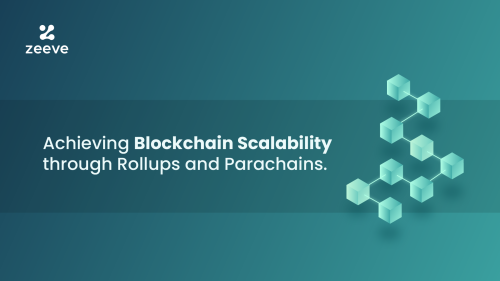
Achieving scalability through Rollups and Parachains: Which one is suitable for your business needs
Rollups and Parachains– both are viable solutions for tackling the scalability issue from blockchain ecosystems. However, these two scaling solutions are designed differently to serve specific enterprise needs. As we know, Rollups uses the approach of computing transactions on an independent blockchain and then posting the transaction data on the main chain (like Ethereum). Parachains are Layer-1 blockchain ecosystems that enable the development of specialized, independent, and use case-specific chains that are connected to Polkadot’s blockchain network, including the Relay chain.
For web3 projects and enterprises seeking to launch Rollup chain or Parachain, this article provides a comprehensive overview of Rollups and Parachains scalability, helping you make the right decision.
What are Rollups?
Blockchain Rollups are off-chain scaling solutions that reduce the burden of Layer-1 by transferring and executing the transaction on a separate Layer-2 network. Once processed, Rollups port back the transaction data to mainnet or Layer-1. Transferring transactions/assets from one network to another is done through a token bridge. Rollups are widely adopted across sectors like DeFi, NFTs, GameFi, Payments, healthcare, and supply chain to power applications with infrastructure that is massively scalable, censorship-resistant, extremely fast, and having a high degree of security. Polygon CDK and OP stack are the two leading open-source frameworks that facilitate the development of custom zkEVM and Optimistics Rollups, respectively.
Types of Rollups
ZK-Rollups: Zk-rollups are Zero-knowledge Rollups that compute transactions off-chain and produce cryptographic proof that confirms that transactions are valid. Zk-rollups only submit the proof on the main Layer-1 chain instead of processed data, consuming less space and thereby reducing the network congestion on the network. Polygon zkEVM, zkSync, and Starknet are the popular zk-Rollups that are being adopted on a large scale.
Optimistic Rollups: Optimistic Rollups– as the name says, this optimistically assumes that transactions that are included in the batch are valid, then processes it, and submits data on Layer-1. However, all the network participants are given a certain time period (usually a week) for contesting the fraudulent transactions. Arbitrum and Optimistic are popular Optimistic Rollup networks that currently power a range of web3 projects.
Related post: The benefits of using Rollups Infrastructure across different sectors
What are Parachains?
Parachains are modular, layer-1 blockchain ecosystems that are designed to serve as an ecosystem for application-specific chains. A parachain runs parallel to the Polkadot’s main chain– Relay chain, leveraging its security, scalability, and cross-chain interoperability to connect with other Parachains in the network and form an interconnected, diverse, and fully decentralized ecosystem. Parachains can be used to build encrypted consortium chains, permissioned chains, high-frequency chains, and smart contract chains– as per business requirements across industries spanning NFTs, DeFi, TradeFi, Gaming, supply chain, healthcare, and more.
Types of Parachains
System parachains: System parachains are designed to leverage the entire benefit of the Polkadot ecosystem, such as using Polkadot’s native token, DOT as their native token, onboarding validators, and miners.
Smart contract parachains: These are chains that provide an ecosystem to build and host smart contract-based decentralized applications and services, having support for Wasm-VM and EVM.
Parathreads: pay-as-you-go: These are ‘Parathears’ designed for early-stage networks and those that do not require very close and continuous connectivity with the Polkadot ecosystem but still want to launch their application-specific parachain.
How dApps can achieve scalability with Rollups?
By Compressing the transaction data
Although Rollups are primarily designed to increase the scalability of a network by batching transactions and computing them off-chain, the real boost to scalability happens because of compressing the transaction data. The underlying Layer-1 in any Rollup chain can limit the amount of data that each block can contain, and thereby, the decision is made regarding how many transactions will be processed per block. This approach allows the Rollups to improve the speed, transaction throughput capacity, and security of the network dramatically.
Through Implementing ‘Proof-of-proofs’
Zero-knowledge or Zk-rollups are optimized to use their proof for verifying other proofs. Talking about its example, a single ZK-SNARK is authorized to verify all the other ZK-SNARKs. This concept of ‘proof-of-proofs’ is known as Recursive proof, which is designed to fasten the process of finalizing blocks and creating validity proof, which significantly improves the network’s scalability as a whole.
Through the Launch of Multi-rollups
By launching a custom Rollup chain, web3 projects can accommodate their specific scalability requirement. This means if the user base of your dApp grows beyond a certain level, it can launch multi-roll ups such as layer-3 scaling solutions on top of Layer-2 Rollup, creating a tree-like structure to improve the throughput capacity of the entire ecosystem. For example, the prevalent ZK Rollup– zkSync, on average, can offer 2,000 TPS, but it can be further extended to offer 20,000+ transactions per second, which is truly a massive scalability for all kinds of dApp projects.
How dApps can achieve scalability with Parachains?
‘In parallel’ transaction processing
A Parachain is parallel by nature, and hence, it can parallelize the transactions, spreading them all across the multi-chain network for the purpose of achieving the greater scalability of the entire Polkadot protocol. This in-parallel transaction happens on the Parachain’s independent network that runs parallel to all the other parachains and the Relay chain but remains connected through the XCM messaging format.
Seamless integration of Layer-2 scaling solutions
As we know, a Parachain is yet another layer-1 blockchain designed to power a single application for unique benefits such as infrastructure customization, higher security, massive scalability, and so on. It means Parachains can incorporate layer-2 scaling solutions to maximize its scalability in case the user base of a certain dApp grows beyond a level.
Native ‘Rolling up’-like functionality
Polkadot enables Parachain protocols to implement Rollups-like transaction ‘batching’ at the native level. This means dApps running on Parachains does not need to implement L2 rollups, but it can still achieve scalability similar to that of the batching concept through an integrated sharding approach, which achieves higher security, massive scalability, and better data availability.
Other important features of Rollups and Parachains:
Besides Rollups and Parachains scalability, below are some of the key features that make them excellent blockchain solutions:
Rollups
Extremely fast throughput and speed: Rollups operate through ‘sequencers’ that can batch thousands of transactions in one Rollup and verify all of them at once. Further, Rollups can include technology like ‘Recursion’ to reduce the time required for creating proof for a batch of transactions. A real-word example of this is Polygon zkEVM, that uses Recursion technique to reduce the time of proof generation to 4-10 minutes. This way, Rollups can boost their network’s throughput capacity and, thereby making it considerably faster.
Mainnet-equivalence security with no reliance on 3rd parties: Rollups are designed to be mainnet-equivalent (such as Ethereum). With Rollups, you can use the existing EVM-smart contract, tooling, and infrastructure while launching a whole new chain for off-chain transaction processing.
Full customization and flexibility: Launching your own Rollup chain means you have the freedom to customize the ecosystem based on the project-specific needs. For example, you can implement special privacy parameters, configure the fee mechanism, and add compatibility for specific tokens. Also, you can custom on-chain smart contracts that can include a variety of flexible network-level parameters, such as who can run a node, deploy smart contracts, and how transactions can be published on the network.
Parachains
Specialized chain: Parachains are sovereign chains that can be customized and optimized to suit the specific needs of dApps. It can include its own tokenomics and staking-parameters, write custom smart contracts, and determine gas fees. However, to ensure a greater degree of security, parachains can leverage robust security from the Relay chain without needing to bootstrap their own validators or collators– everything they get from the main chain.
An interconnected ecosystem: All the parachains can seamlessly communicate with each other, forming an interconnected ecosystem where data can be exchanged without any friction.
Seamless on-chain upgrades: Upgrades on Parachains are as easy as upgrading a conventional app where updates run in the background with no impact on user experience. Plus, Parachains can leverage the Polkadot’s built–in and customizable governance to create an ecosystem suitable for their use case.
Choosing between Rollups and Parachains
As discussed, Rollups and Parachains— are both excellent options for your dApp. However, if you want to choose one of them, be sure about their specific value additions and the scenarios when they are preferable. Below is a brief analysis of Rollups and Parachains scalability to help you out:
When to use Rollup?
- You have already deployed dApps on a Layer-1 blockchain like Ethereum, and now you want to improve the scalability of its ecosystem.
- You want to stick to the security guarantee of Layer-1.
- You do not want to build a Layer-1 blockchain from scratch. Instead want to deploy a separate network on top of Layer-1 to enhance scalability while leveraging its security, interoperability, and native tokens.
- You want to stick to EVM-equivalency as Rollups are 100% compatible with Ethereum-based tools, client software, APIs, and even smart contracts.
When to use Parachains?
- You want a thoroughly customized, independent L1 blockchain ecosystem as per your use case requirements, with its unique tokenomics, shared security ( the security of the Relay chain), interoperability, and ease of customization with Substrate.
- Your project seeks a low entry barrier for development. With Parachains, anything that is compiled using Wasm is compatible. Also, you get the freedom to use a new set of Polkadot-supported programming languages, tools, and infrastructure to build futuristic dApps.
- You want your users to offer native interoperability between different blockchains running as Parachains rather than asking them to use a bridge.
- You need fast finality. (Parachains achieve finality in around one minute).
- Parachains are not prone to any risk of centralization that exists due to L2 sequencers.
For more information on Rollups and Parachains scalability, refer to the below table:
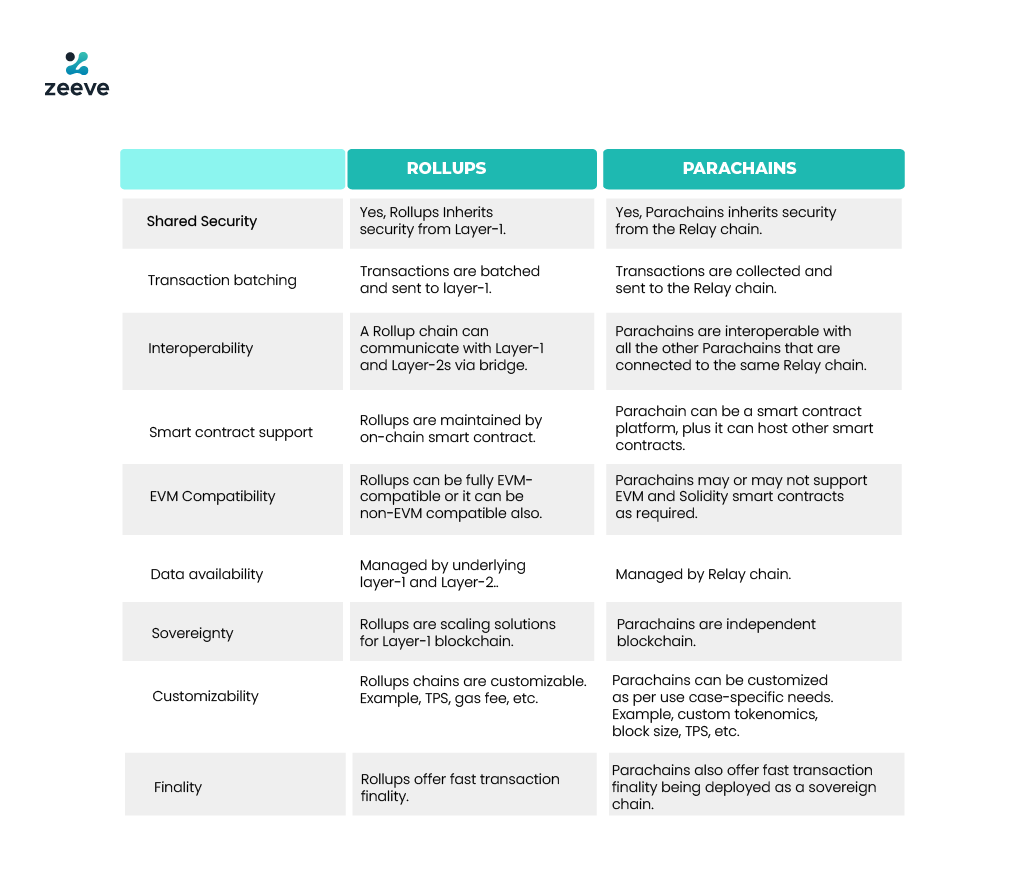
How Zeeve can simplify the launch of your Rollup and Parachain?
Rollups and Parachains scalability– you can choose any of them as per your project needs. However, launching them is usually a time-consuming and resource-intensive process. Considering this, Zeeve enables web3 enterprises and dApp projects to launch their own custom Rollup chain and Polkadot Parachains with wizard-based configuration panel, ready-to-use & customizable modules, specialized tooling, and frameworks. You will get all the production-ready components such as wallets, explorers, testnet faucets, cross-chain bridges, RPC nodes, APIs, and more so that deployment becomes an easy task.
Further, to ensure the optimal performance of your Rollup or Parachains– we monitor the networks on critical parameters while producing real-time alerts to maintain uptime and performance. Also, the blockchain service at Zeeve is ISO 27001, SOC2 Type2, and GDPR compliant with enterprise-grade SLA to ensure reliability.
For more information on how Zeeve is enabling enterprises to launch custom Layer-2 chains– drop us an email or connect with our blockchain experts on a one-to-one call. We would be happy to assist you!



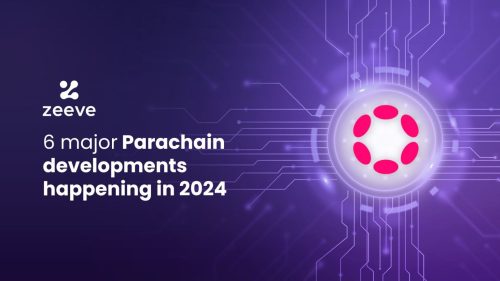
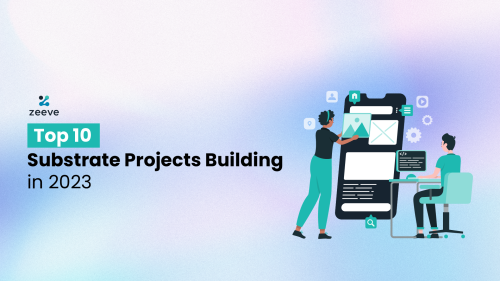
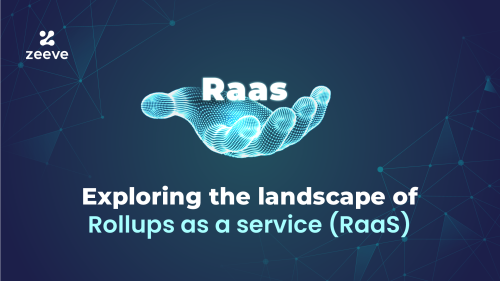
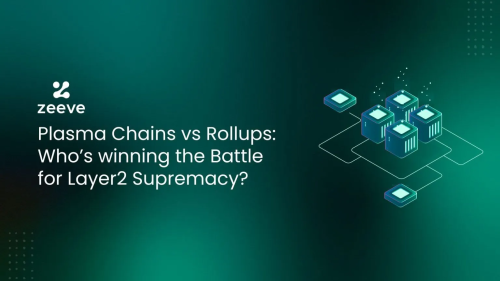
Responses